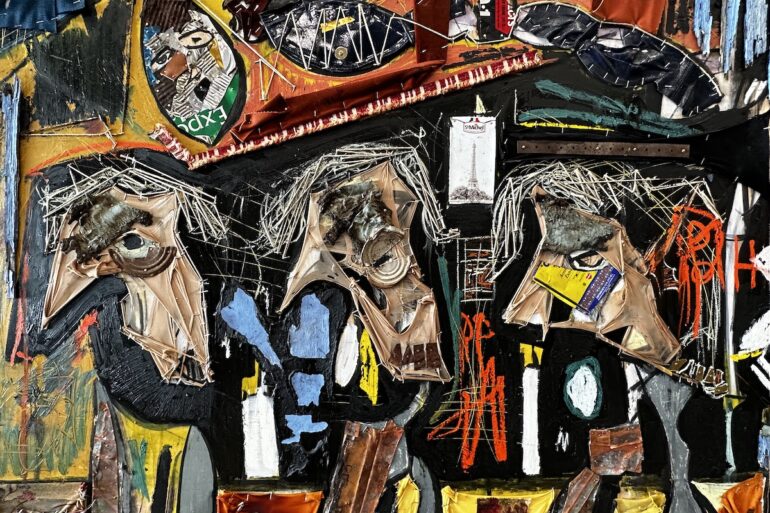
This post is also available in:

The Rubell Museum, which recently opened its second location in Washington, D.C., for Miami Art Week turned the spotlight not only on some of the cult pieces that make up the museum’s permanent collection but also on the large canvases created by artist Alexandre Diop.
When it comes to finding new talent to launch into the international art scene Mera and Don Rubell, supported by their children Jason and Jennifer, are unbeatable.
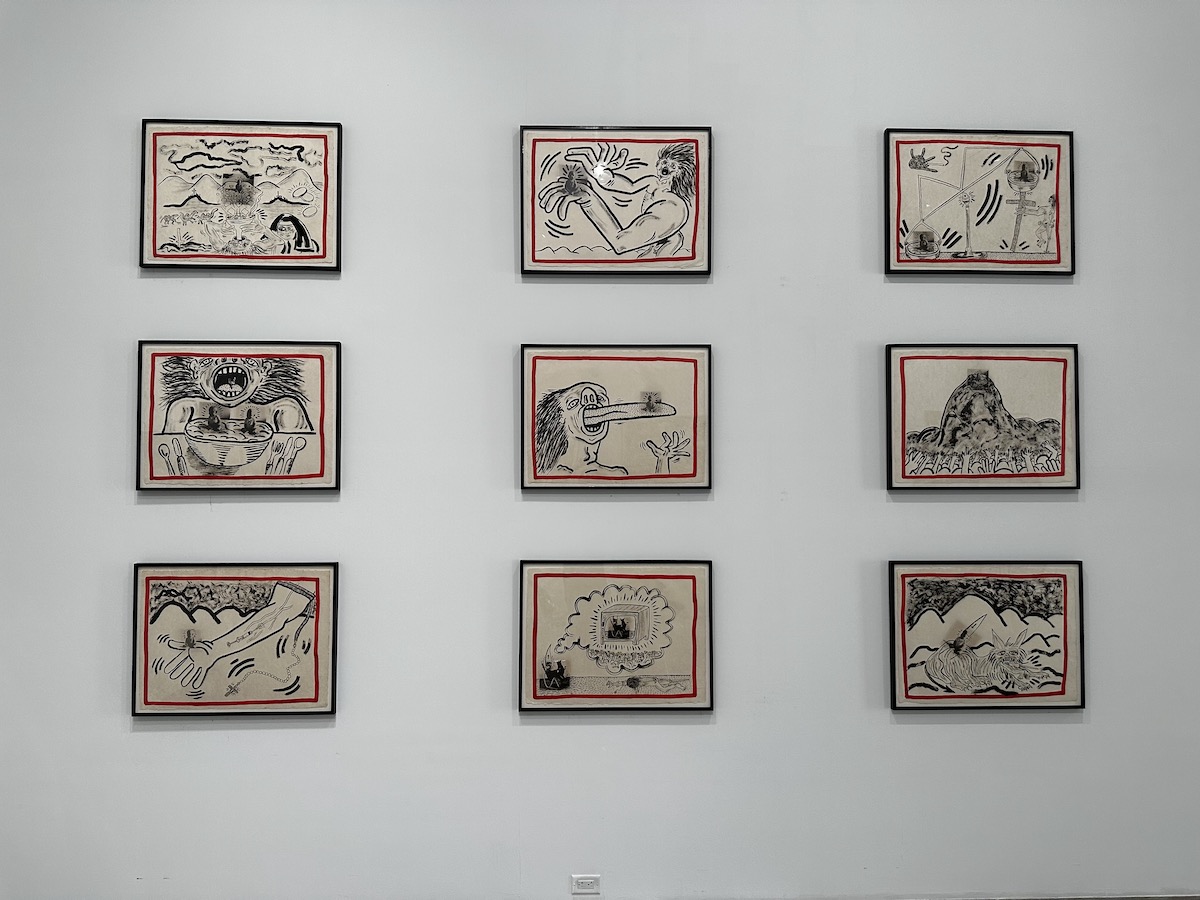
Their approach to discovering artists is old-fashioned: personal acquaintance with the artist and a visit to his or her studio are standard practice; wherever in the world he or she may be, they meet him or her and converse to explore the meanings and ideas behind the artist’s compositional process.
There are many artists for whom the Rubells have served as a springboard and who, as a result of their exhibition in the museum, are in demand by galleries around the world that propel them into a parallel universe where listing figures become as important as market demand.
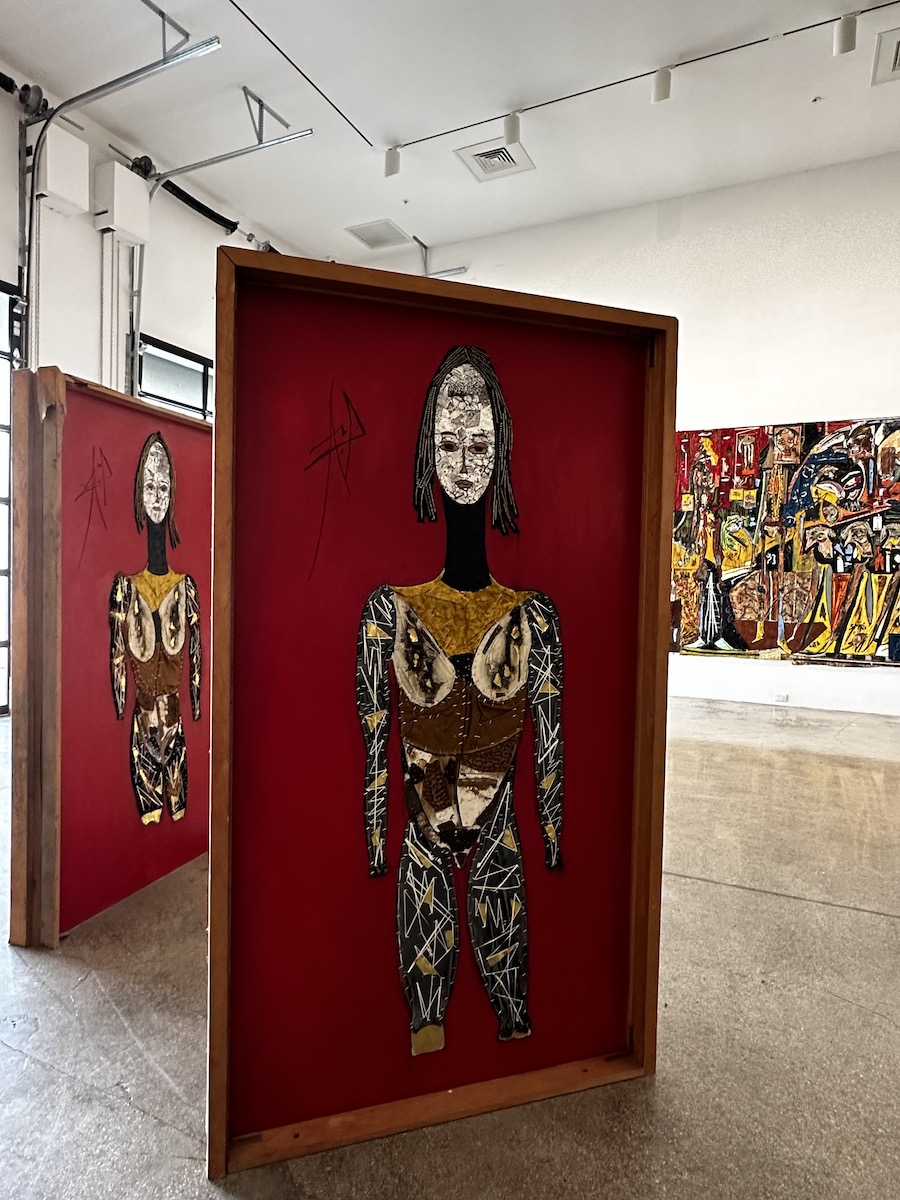
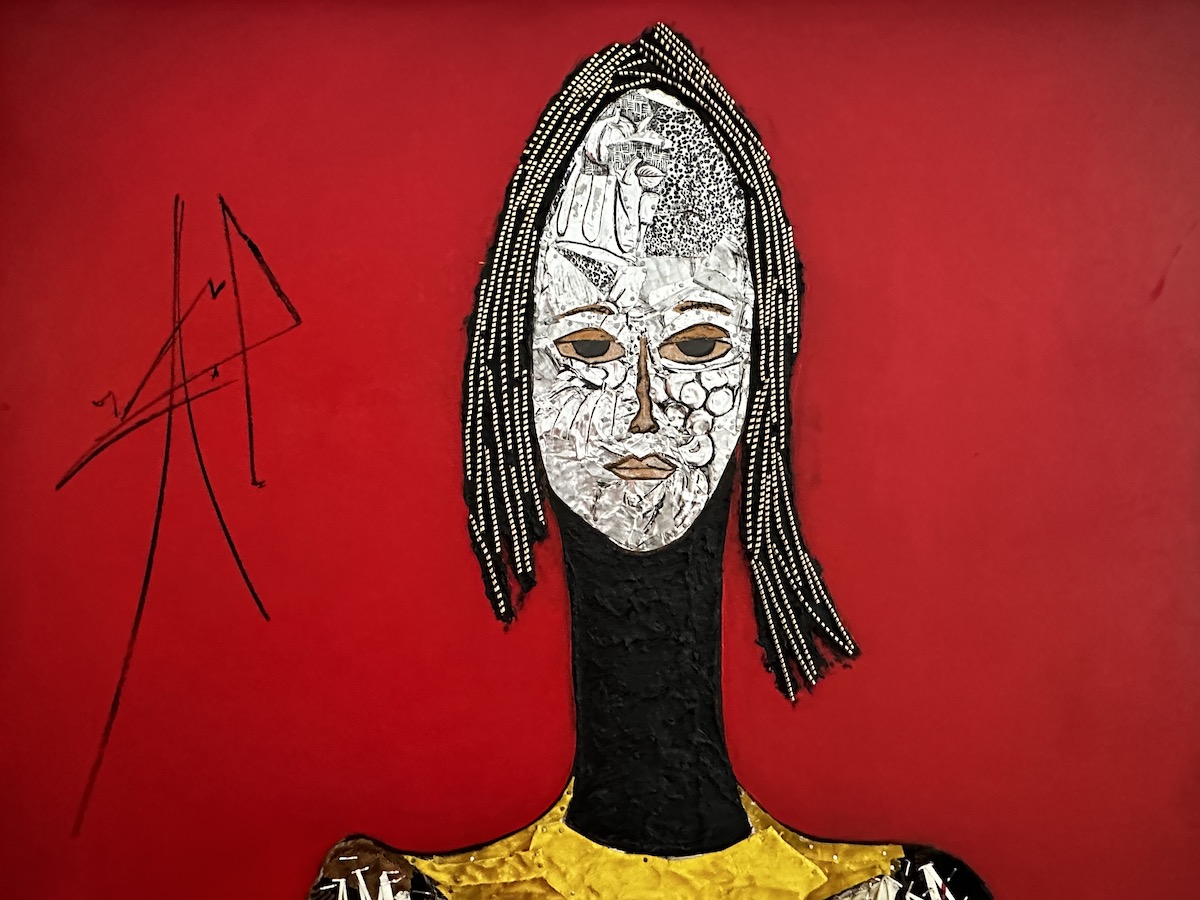
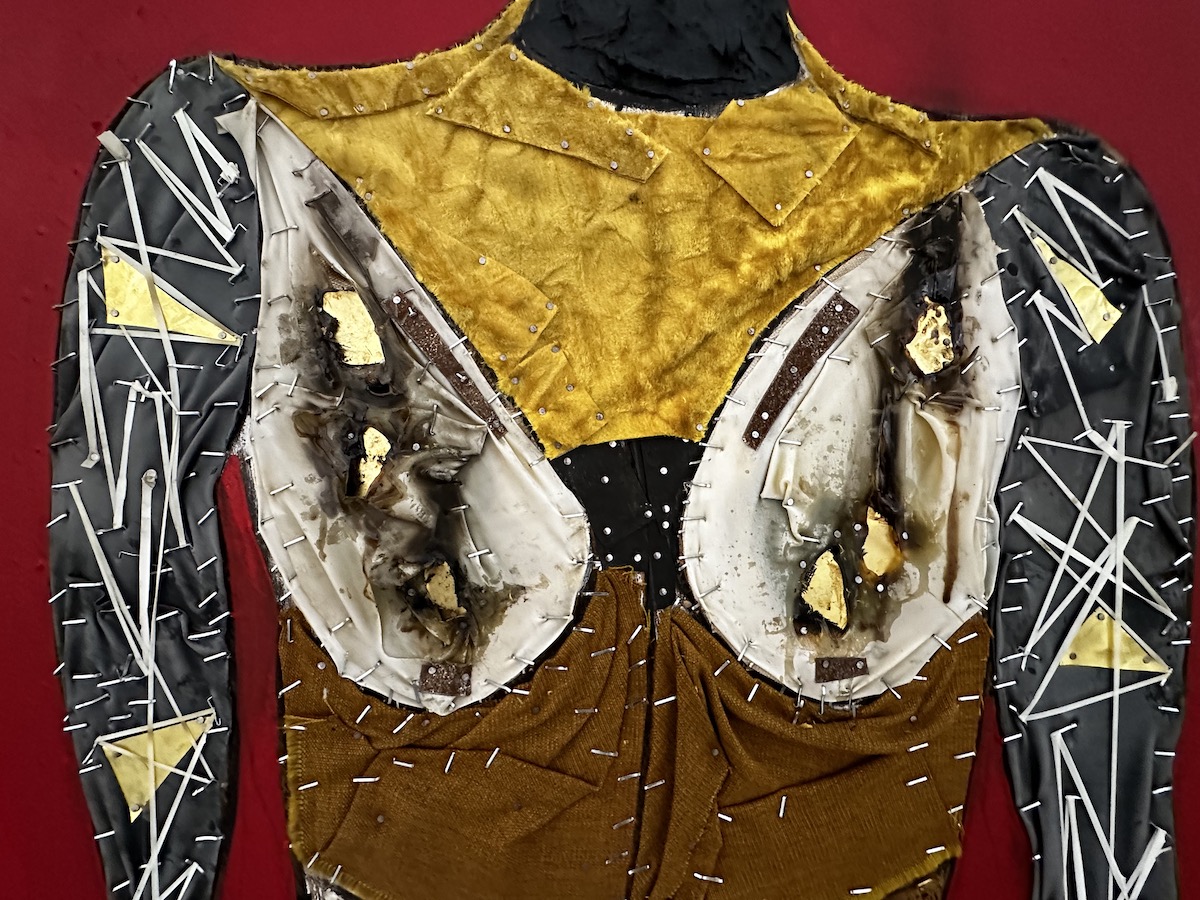
Among the artists the Rubells have projected into the wealthy art world is the legendary Keith Haring whom they met when they were still just two young and ambitious art enthusiasts. Yet Mera and Don Rubell believed in him, supported and subsidized him by projecting him into the ambitious art market later making it, his -and their- fortune. On view at the museum, in addition to the classic pieces in the collection, is a curious and little-known series of works Haring made for them when their son Jason was still an infant.
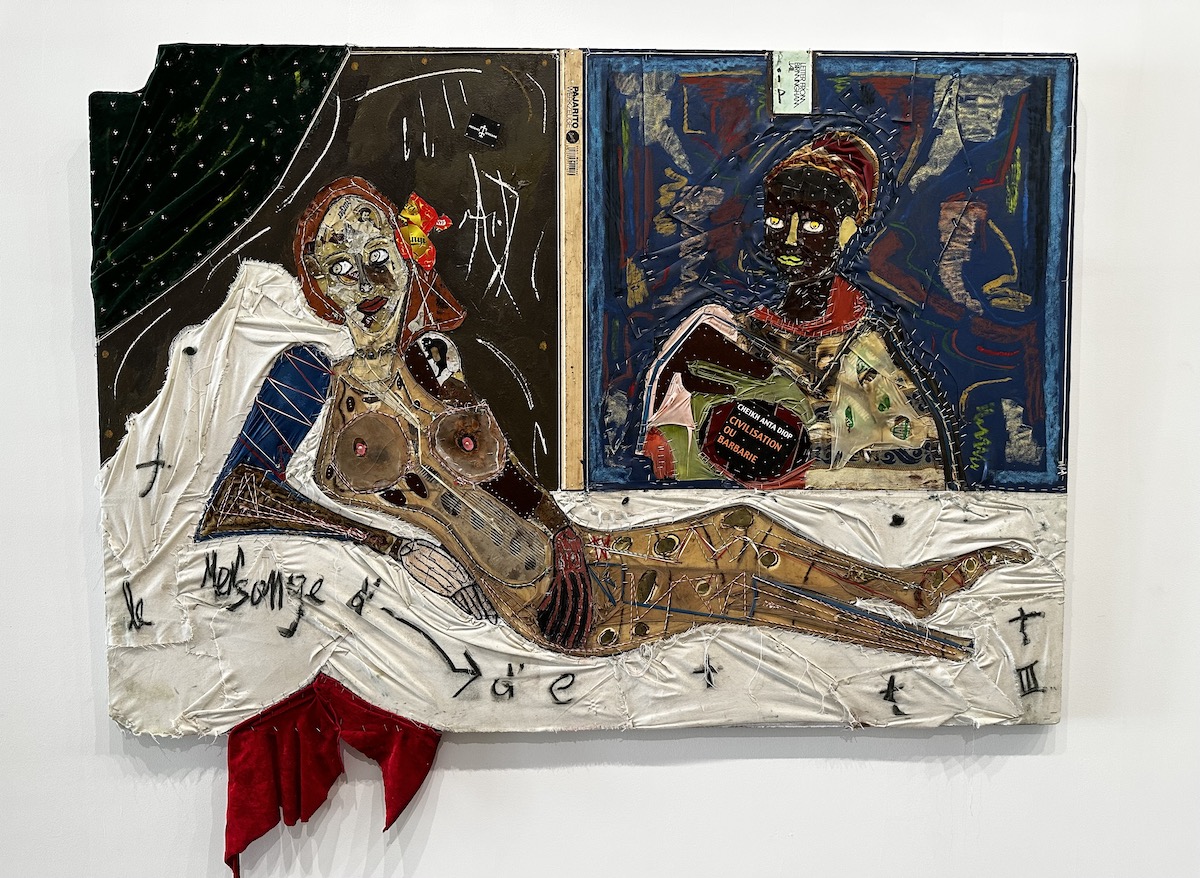
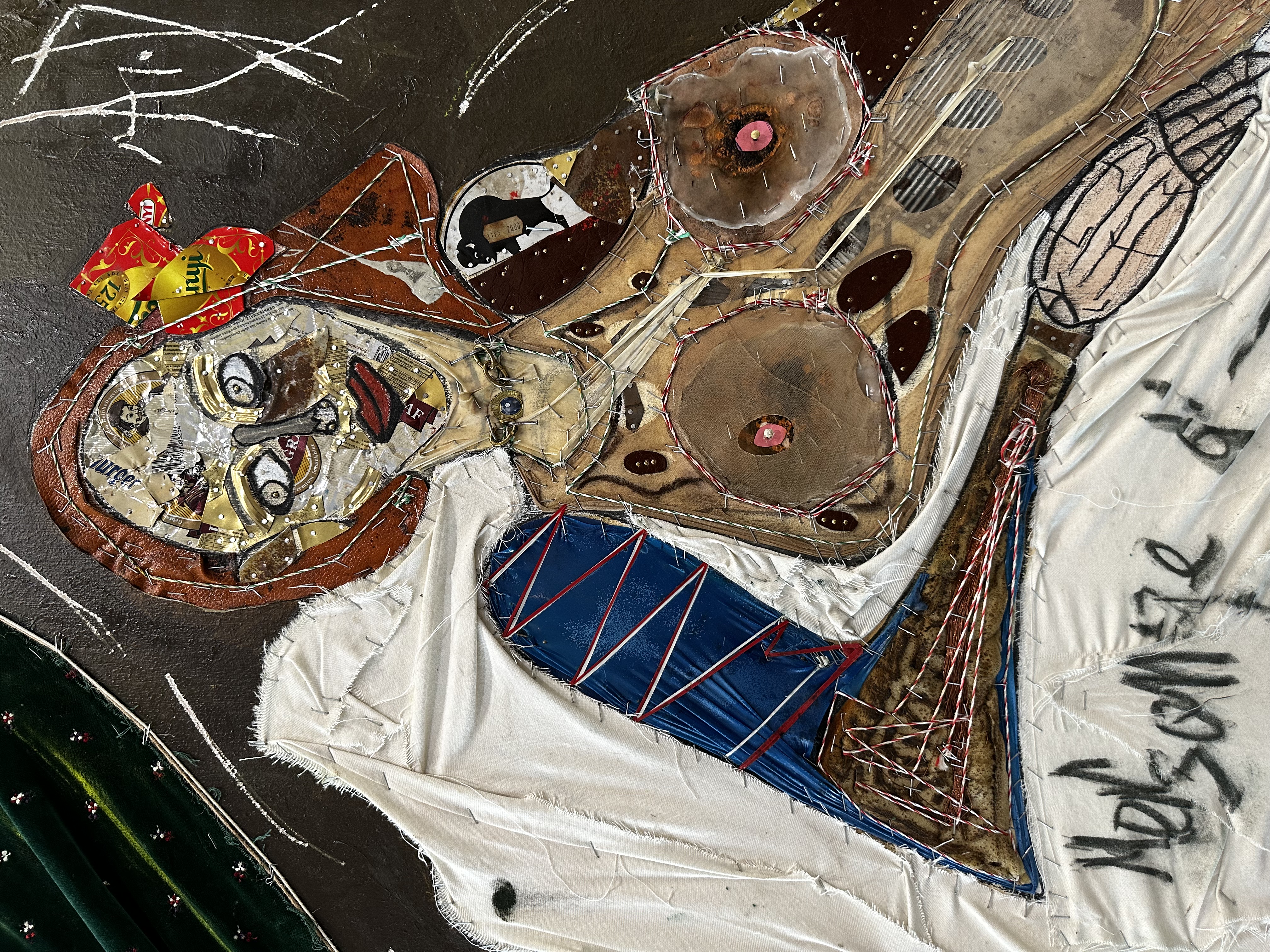
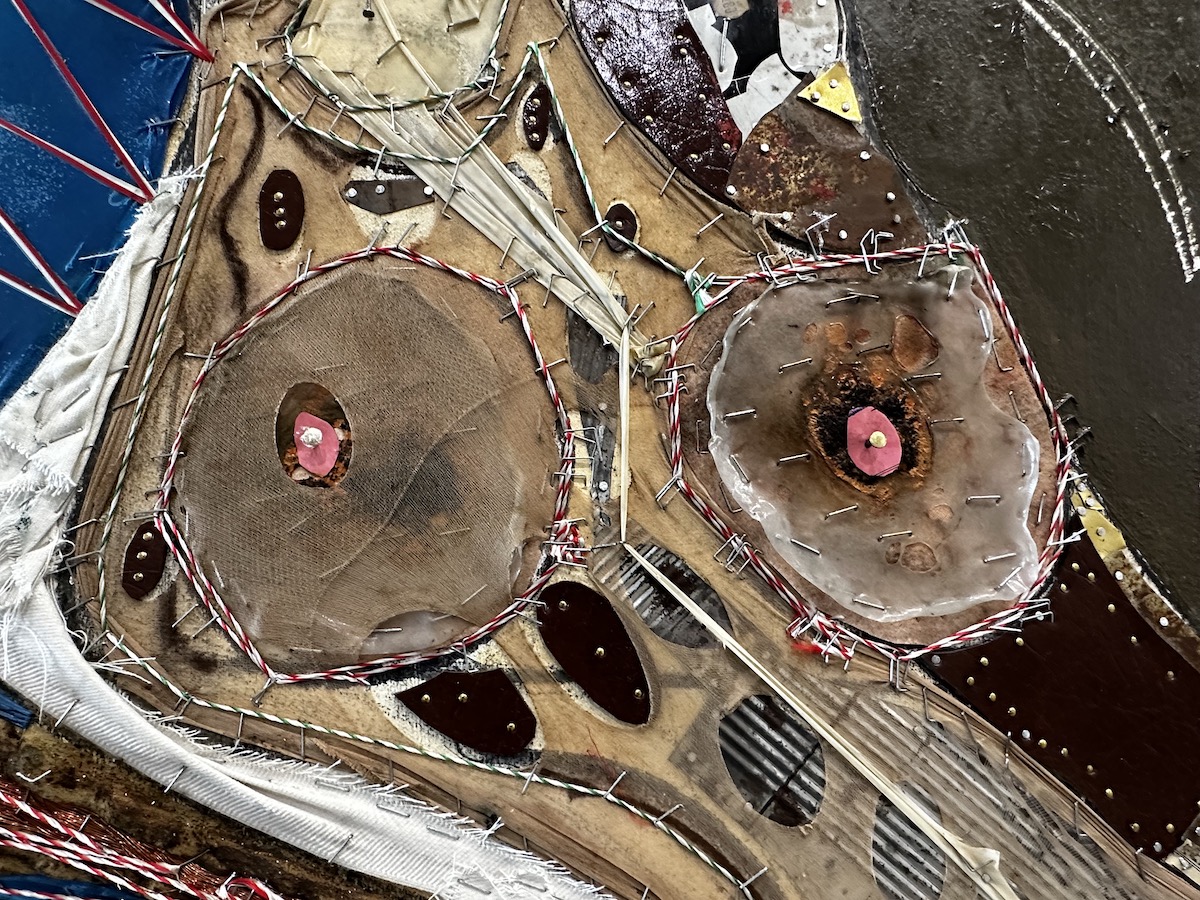
Since they set up their collection, which later assumed the title of museum, there have been many artists who have taken off thanks to the art residency carried out by the Rubells, among them: Allison Zuckerman, Genesis Tramaine, Reginald O’Neal, Hernan Bas, and Otis Kwame Kye Quaicoe, a highlight of last year’s Art Basel/Miami Beach.
Amoako Boafo, 2020’s artist in residence, among all of them is surely the one who has convinced the world’s audience the most and whose highly sought-after works have reached sky-high quotations.
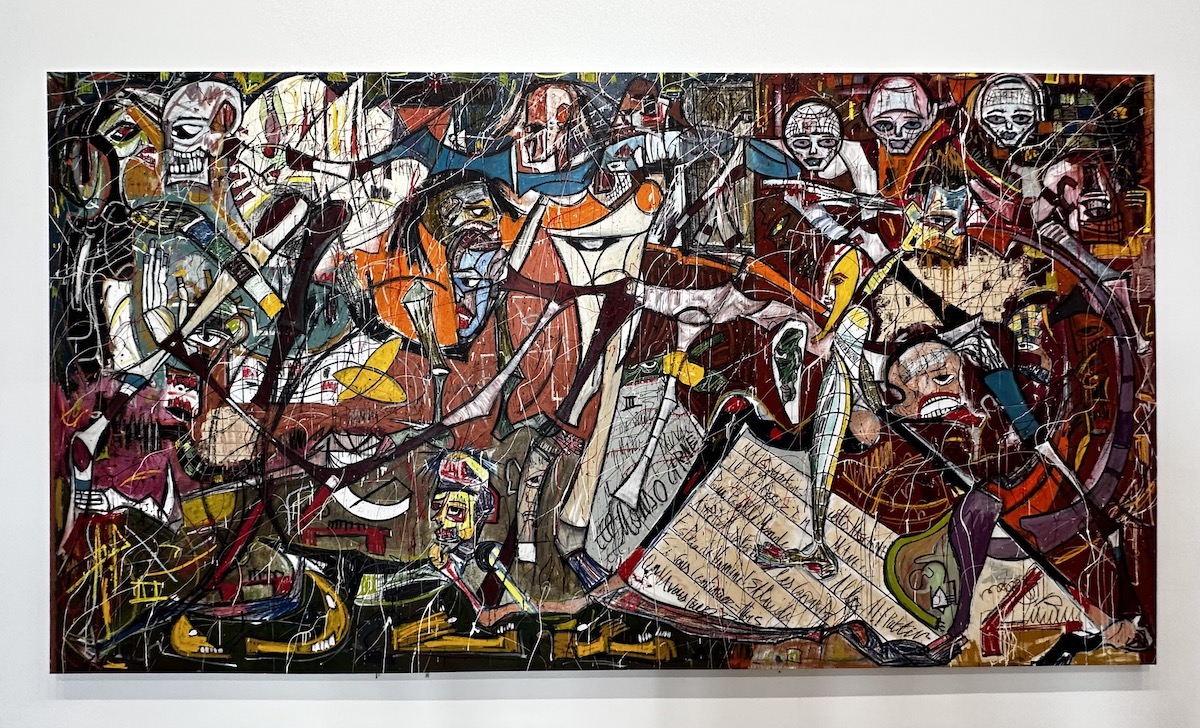
Alexandre Diop is the Rubell’s latest bet but from a first glance he looks like he could be the next big thing on the art market.
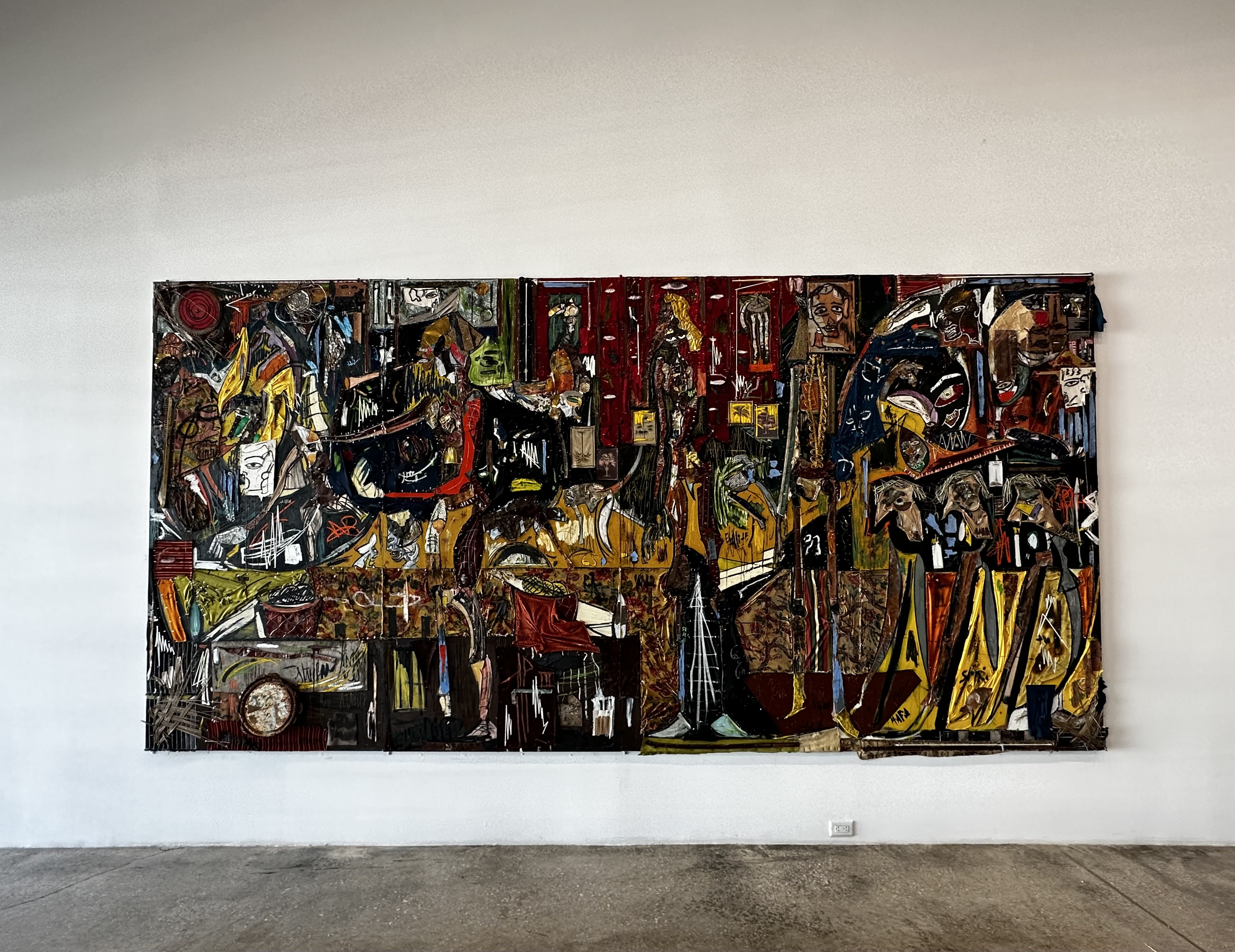
Alexandre Diop, is a Franco-Senegalese-born artist currently living in Vienna. His dynamism has led him from theater to music to fine art, a kind of art that the artist loves although he does not disdain the idea of returning to music, perhaps combining the two, since music always accompanies him during the production process.
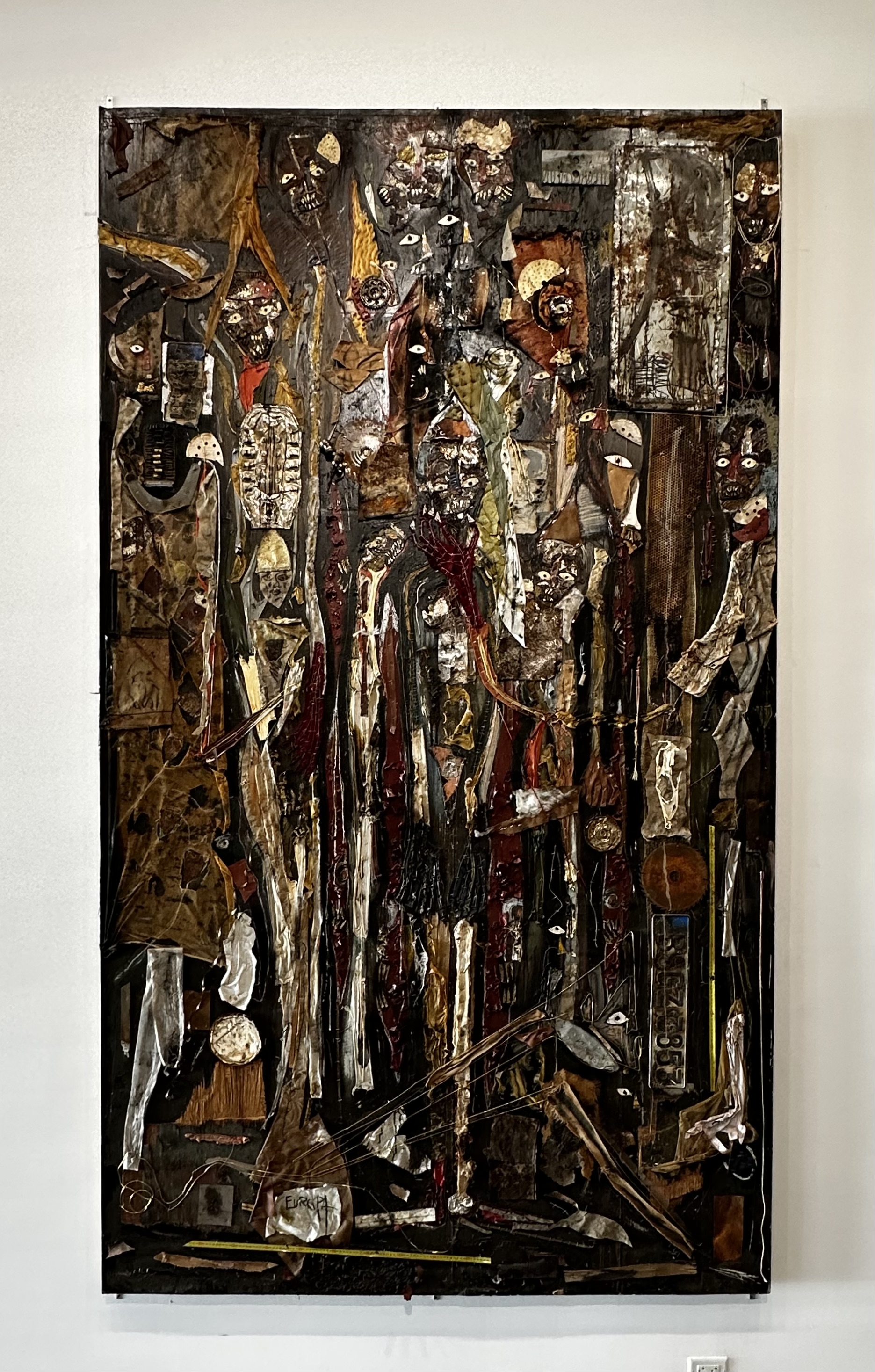
Alexandre Diop’s gigantic works, also consisting of triptychs and polyptychs, literally explode on the walls of the central hall. There the viewer can comfortably observe them in an overview by sitting on Henry Bertoia’s comfortable Diamond Chairs arranged in the center of the room. In order to appreciate the creativity and genius of this young artist, however, it is necessary to get up close to appreciate and marvel at the infinite details of his works.
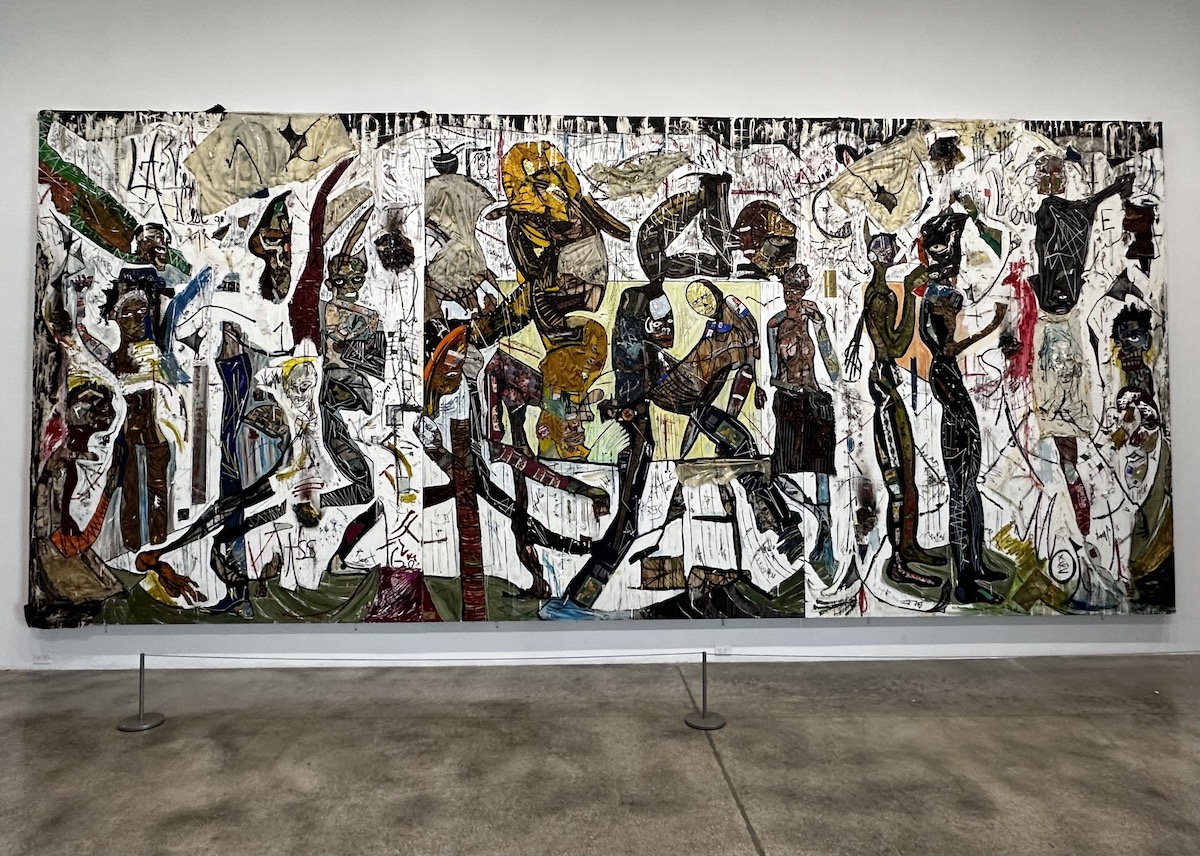
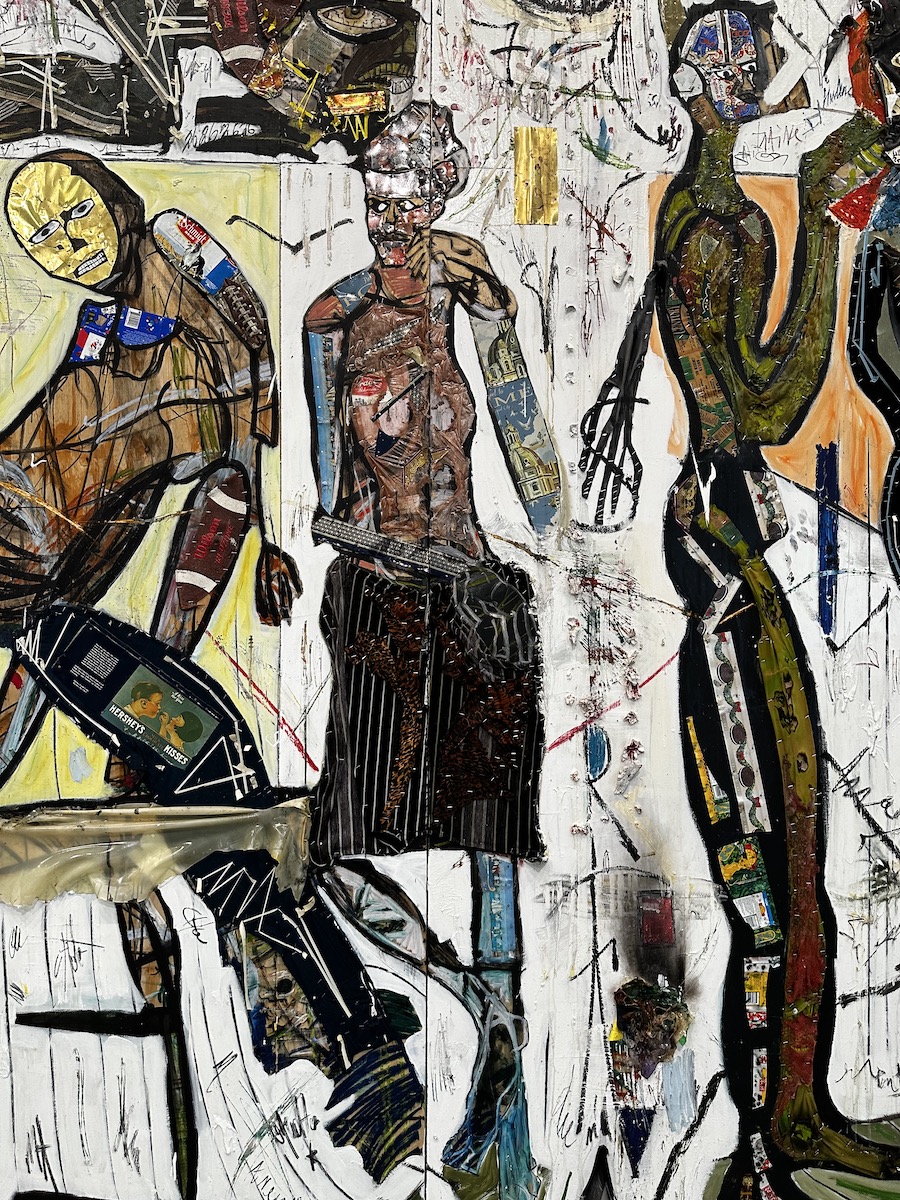
It is only by observing closely the works that one realizes that one is in front of sculptures rather than two-dimensional paintings, where, waste materials recovered from the street -among them: nails, chains, zippers, mastic, nylon stockings, wood scraps, iron wire, aluminum cans, books, sofas and much more- replace the canonical use of color, which accompanies his works anyway, albeit in a limited and secondary way. The practice of recuperation is after all a common and daily practice of the Senegalese people.
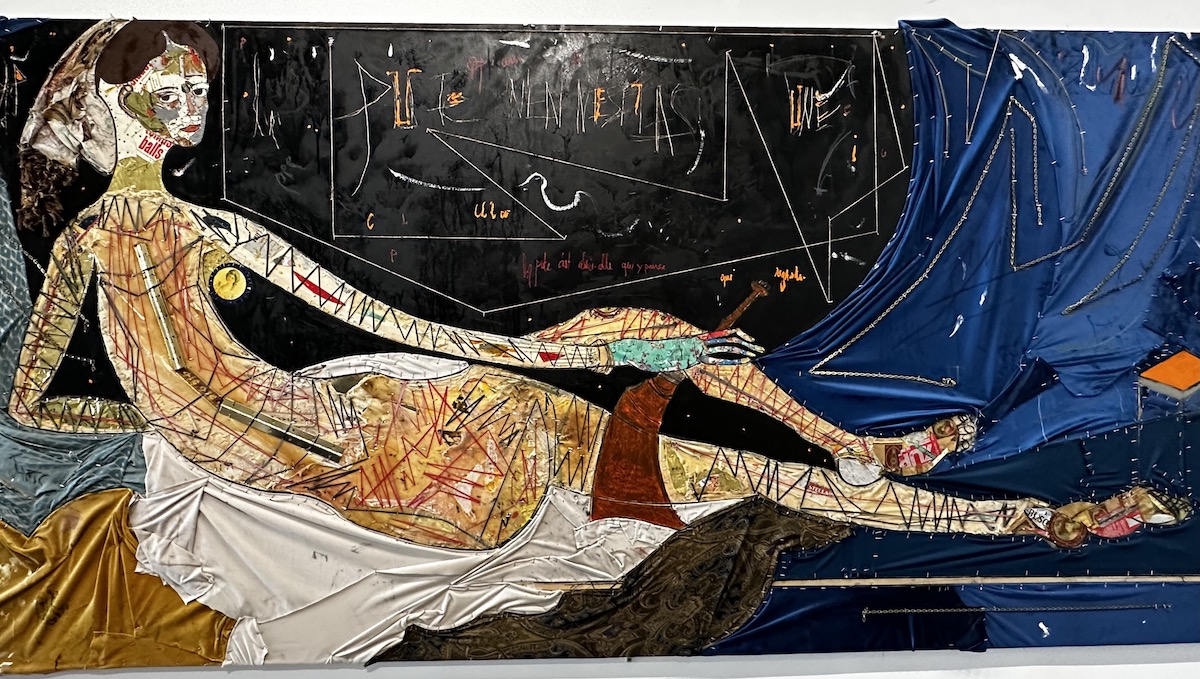
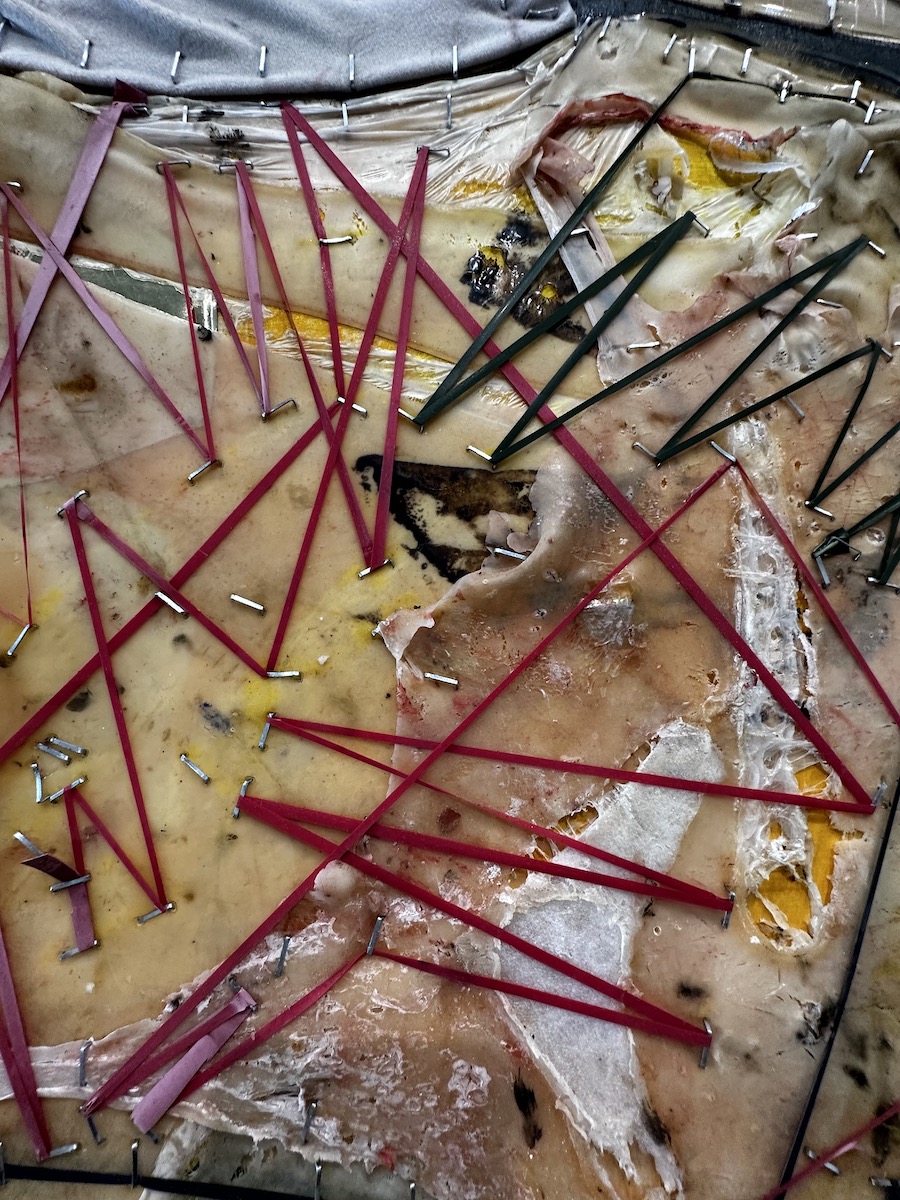
To further emphasize the materiality with which he composes anatomical parts or details that are useful in the telling of his story, he literally burns materials with fire and hand weaves wire, which he then nails or pins onto the composition until he creates extraordinary textures that reveal the intensity of his subject and the wounds of human flesh.
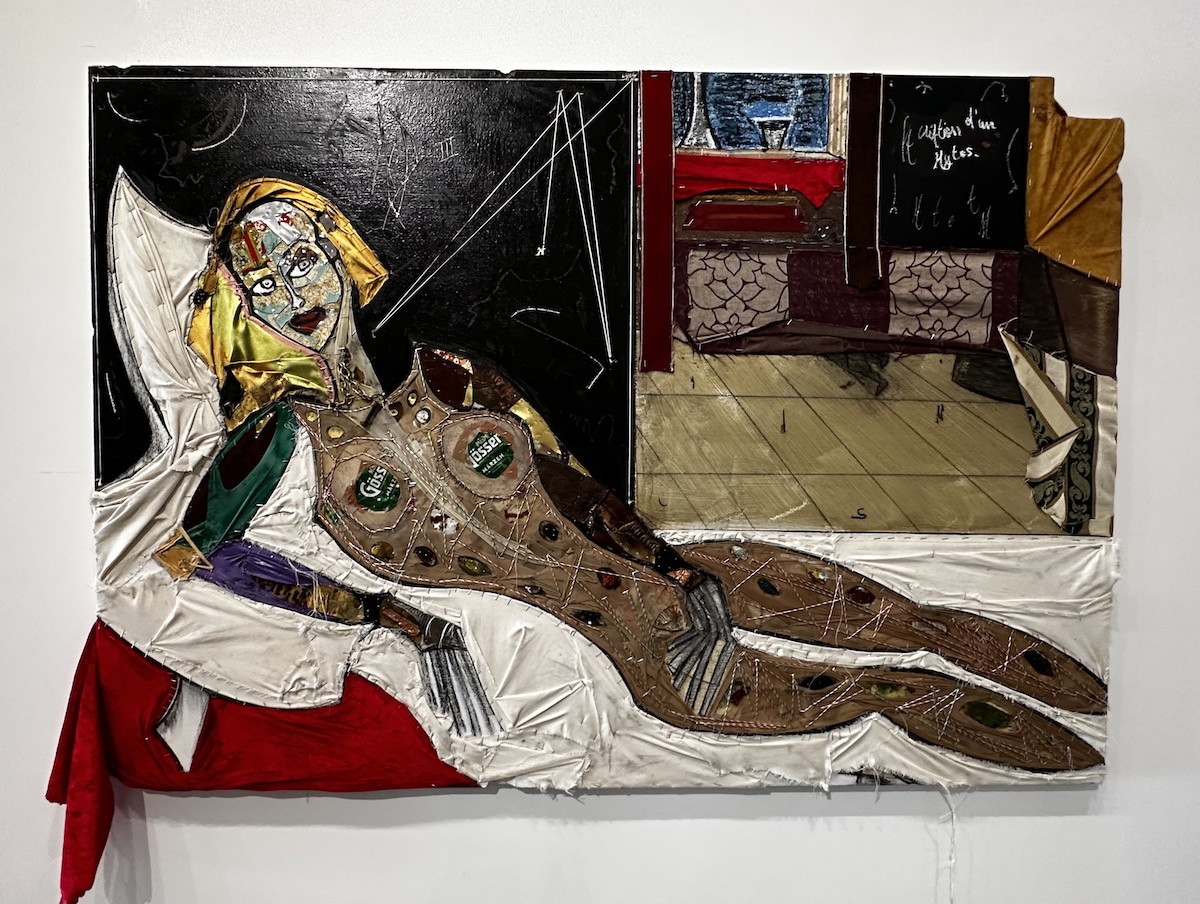
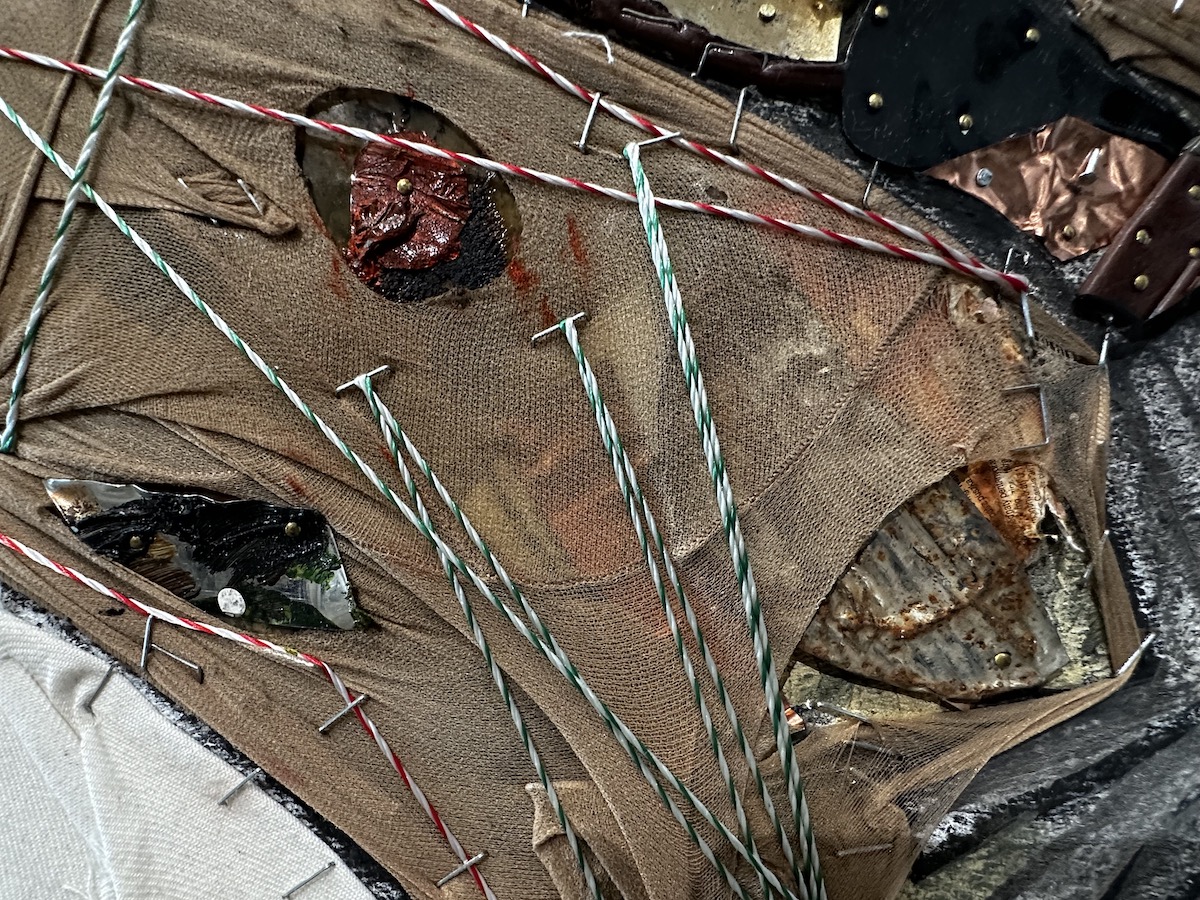
In his compositions, in which he brings out all his creativity accompanied by his knowledge of human anatomy, he expresses the syncretism of his artistic vision, inspired by his African and European roots that result in diasporic themes.
Themes that reveal how the hidden side of the ancient world comes into conflict with modernity and traditions inherited from colonialism with which he highlights the theme of historical suffering spanning centuries of slavery and deception.
“Each artwork by Diop is an explosion. We can’t say where it comes from or predict where it will go, but it’s not difficult to understand how the artist positions himself among the great masters and among the sometimes depressing status quo of the contemporary art scene. The Art of Diop is the Art of Defiance,” states Mara Niang, a doctoral student at the University of Applied Arts Vienna and the University of Industrial Art and Design in Linz, Austria.
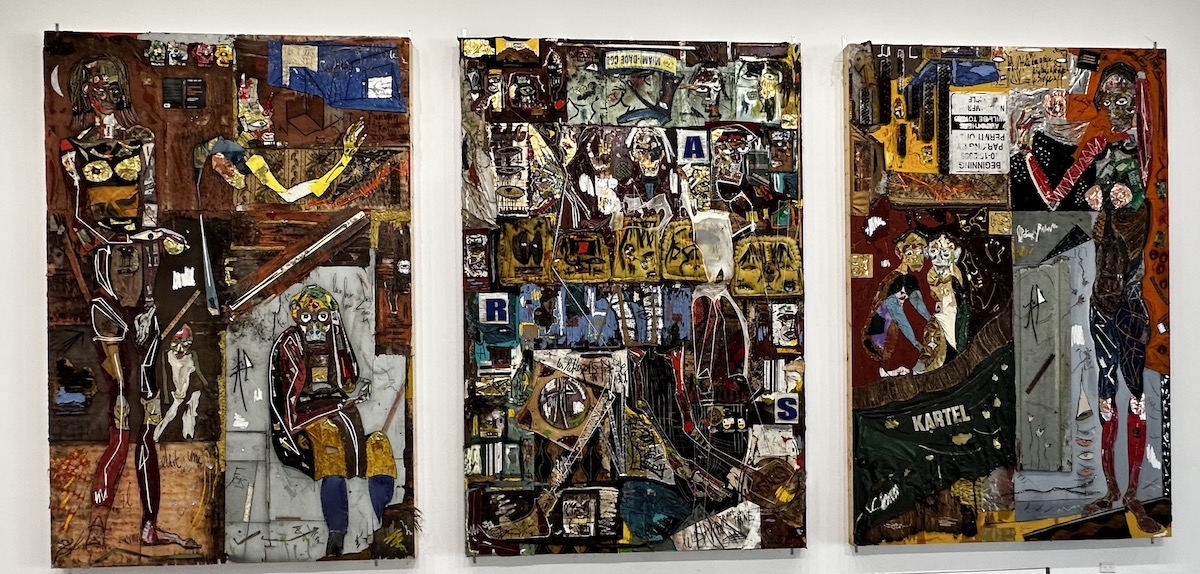
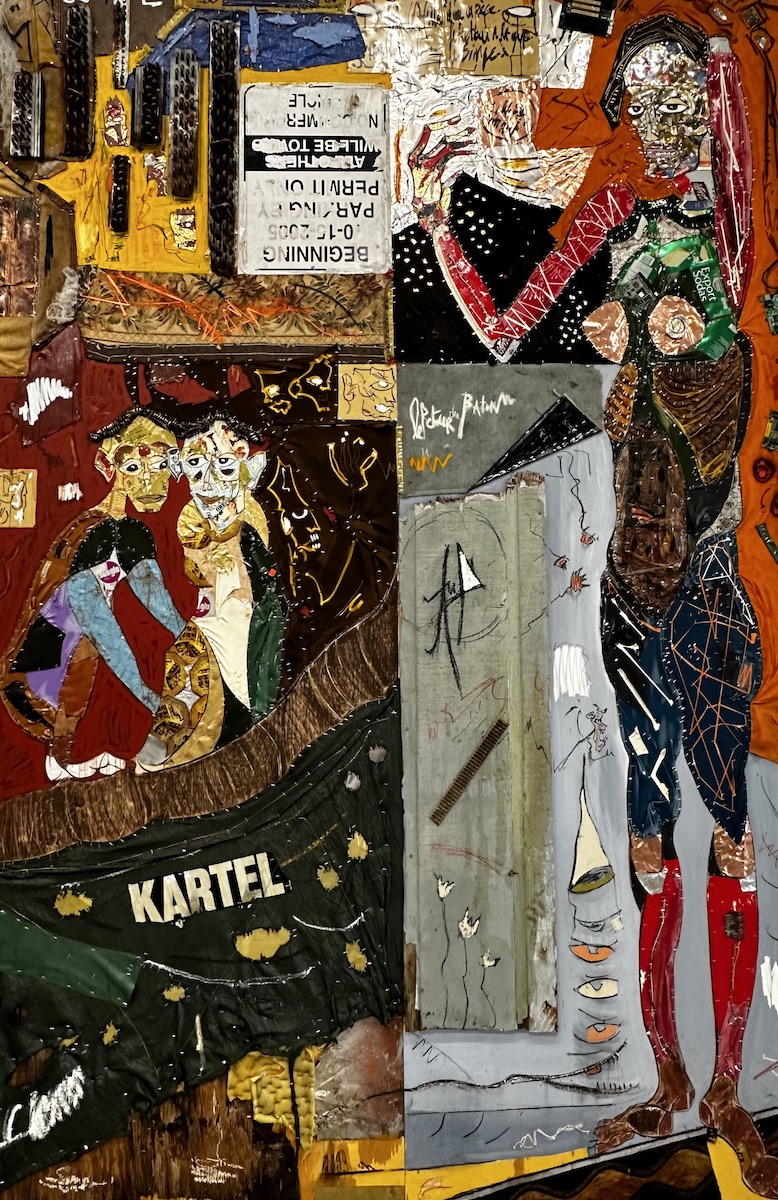
With the incredible creativity and versatility of thought that he possesses, Diop has adapted materials according not only to the textures in the background, which are equally rich in detail, but also the composition of human anatomy-he has a particular fondness for figurative art-realized, for example, with solid brass hinges normally used in construction and with which he constructed the spine of the female figure in the work “Honi soit qui mal y pense,” which refers to the art of the old masters. There are many references to art history in his compositions and it is easy to be able to distinguish some of his references, such as the figures of Egon Schiele or Jean-Michel Basquiat.
But these are just some of the special features of Alexandre Diop’s work, which Miami Niche invites you to discover in person at the Rubell Museum in Allapattah, Miami.
(On the title, (detail of) 1685-Marronage-Déméneger-Remplanter, quadriptych, overall 243.8 x 487.6 cm)
